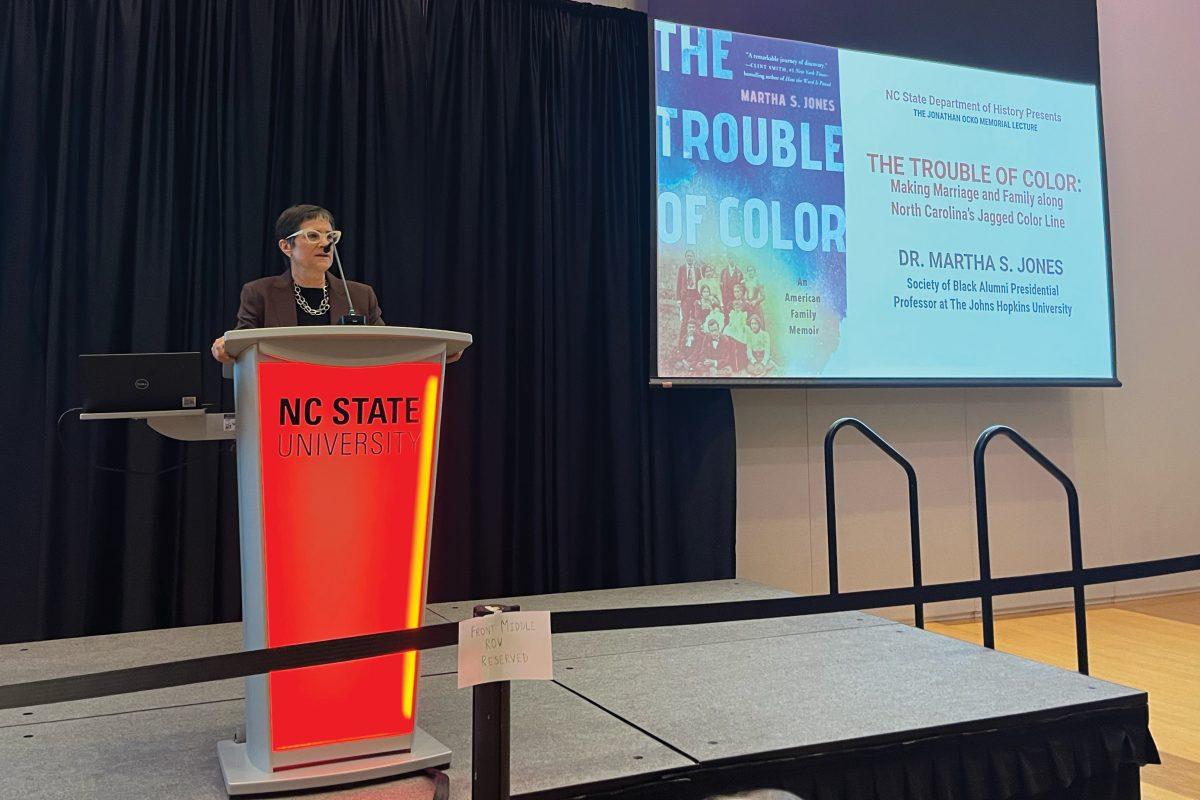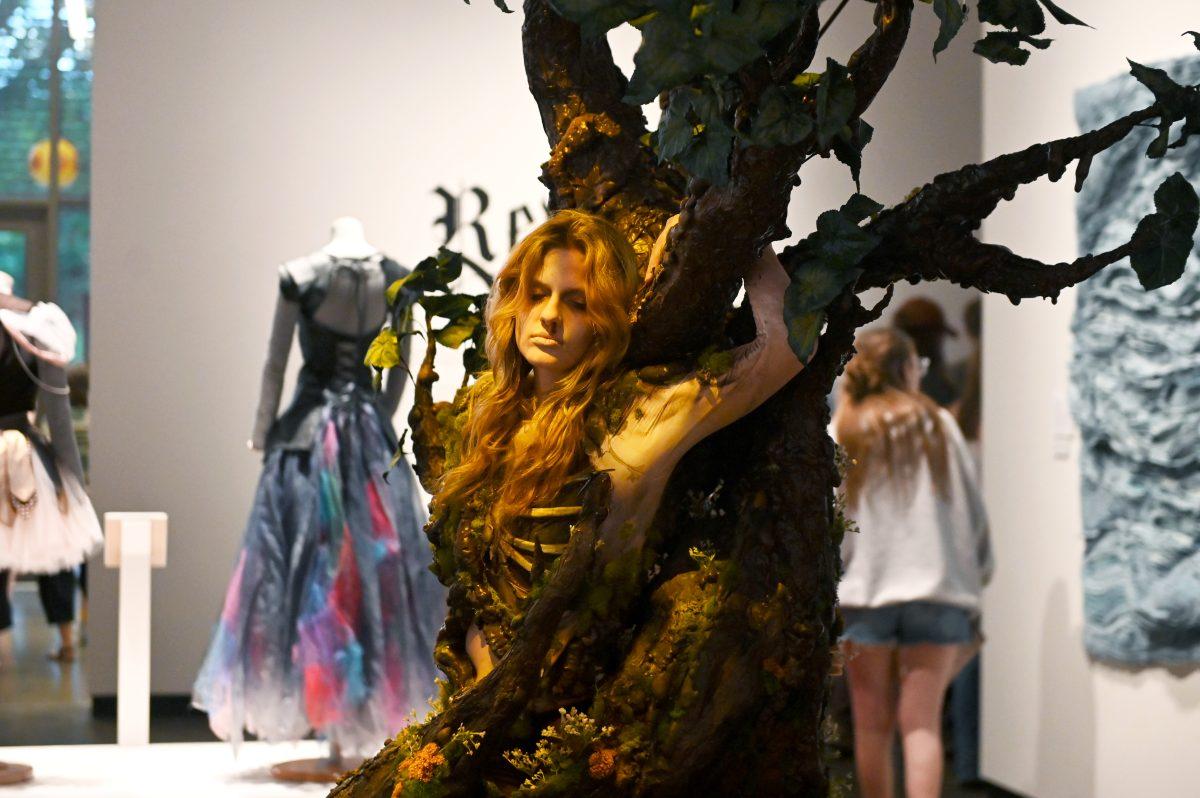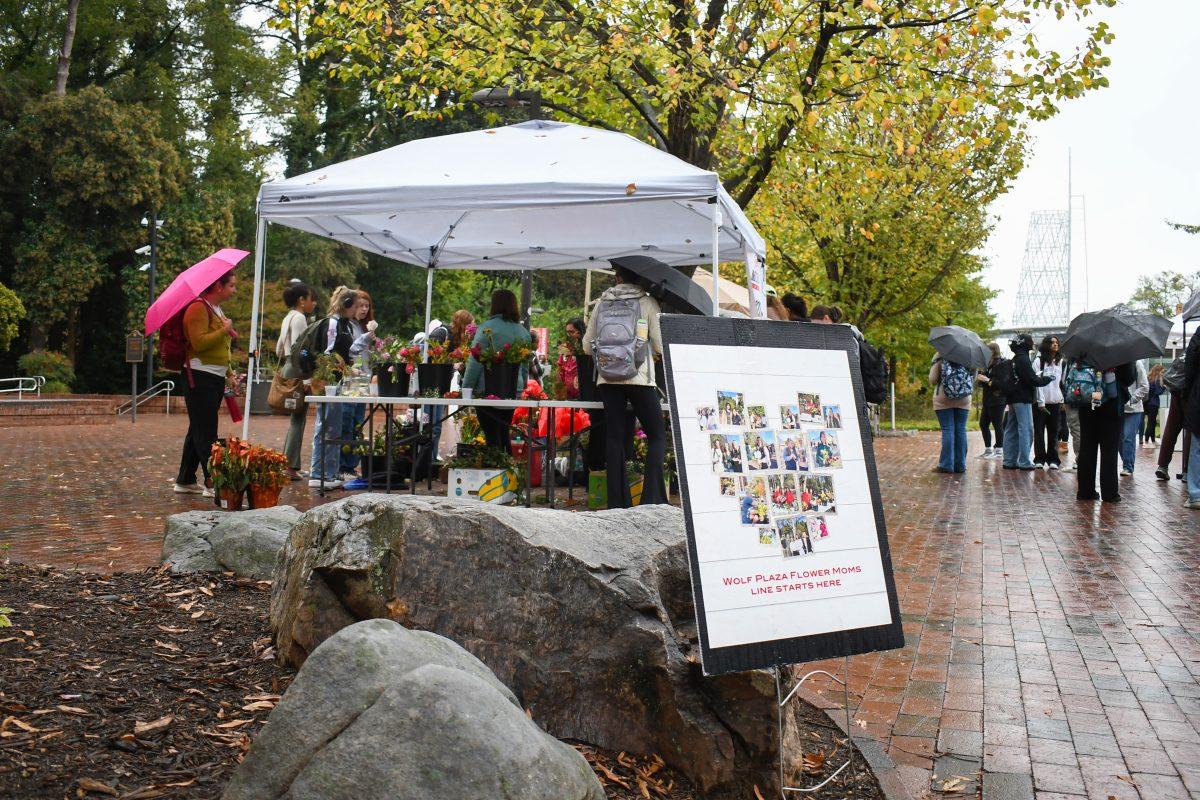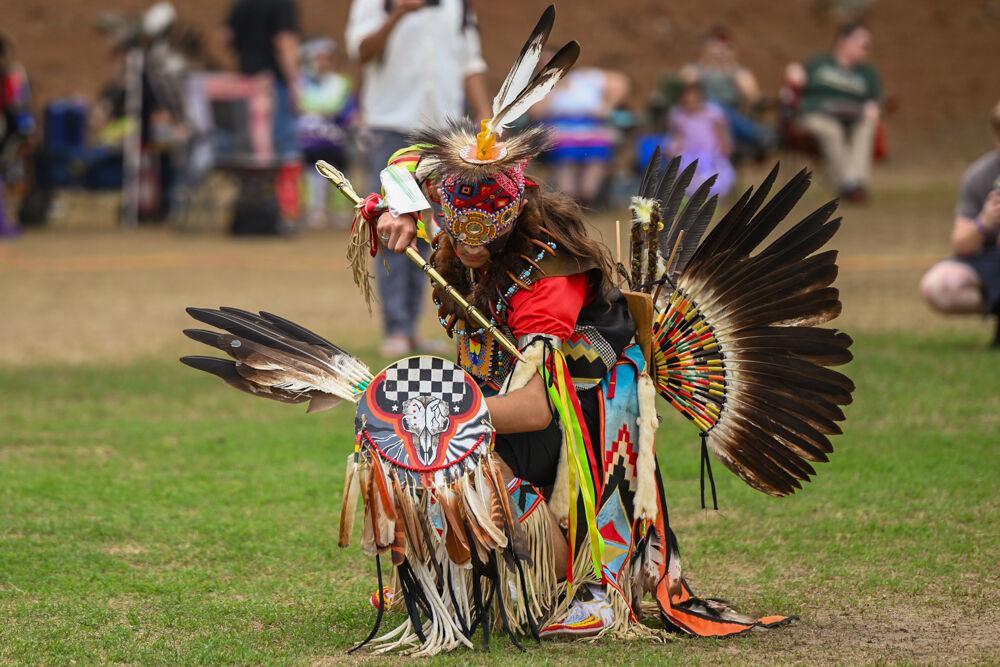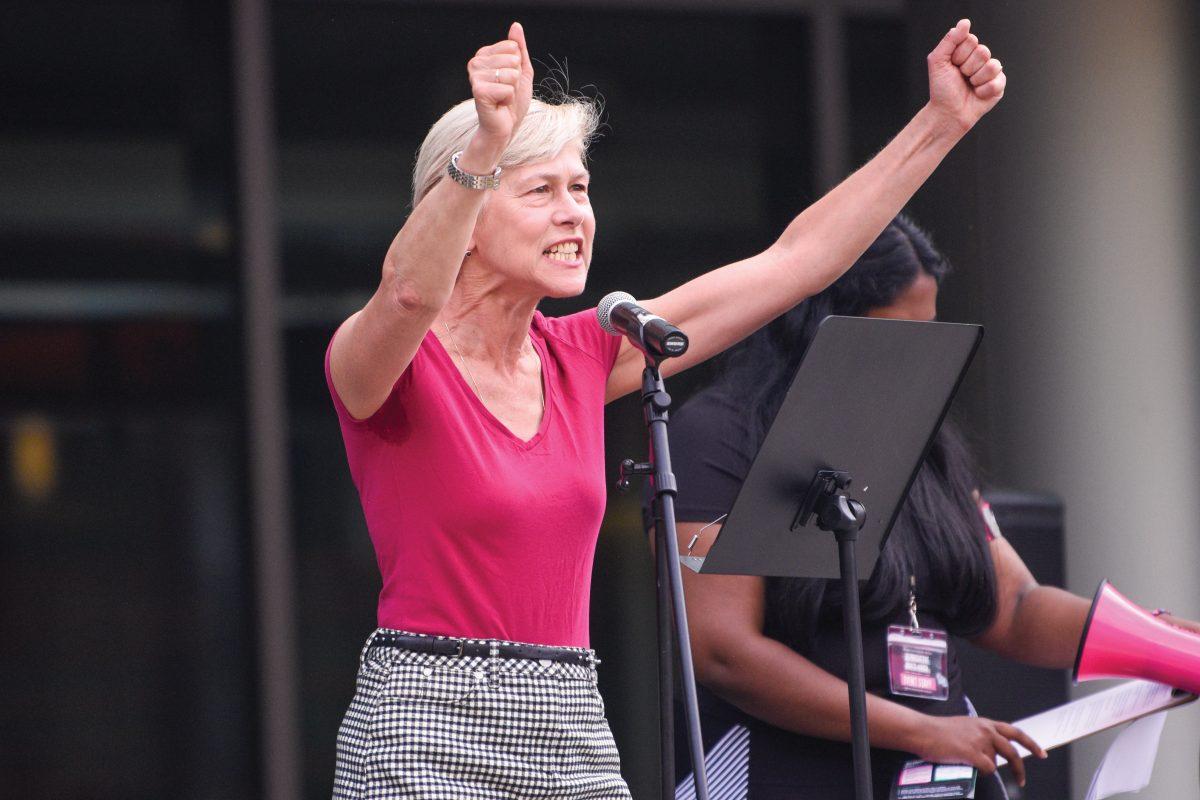The Department of History hosted a lecture from Martha S. Jones, a distinguished legal historian and professor on Tuesday, April 8 in memory of Jonathan Ocko, who led the history department as chair for over a decade.
The annual lecture hosts leading international scholars who embody Ocko’s love for legal history and passion for the department.
Jones is a scholar devoted to understanding the Black experience in America socially, culturally and legally. She is the Society of Black Alumni Presidential Professor, a professor of history and the director of graduate studies at Johns Hopkins University.
Deanna Dannels, dean of the College of Humanities and Social Sciences, introduced the event. She spoke about advancements in the history department, and the work being done to make CHASS more engaging and career-oriented.
The legal history concentration was added to the History BA program in Fall 2023 and has seen over 40 new students in the history program since. Dannels said it was the kind of work that showed the strengths of the department that Ocko had cared for so deeply.
“This concentration allows students, particularly those who are pre-law, to curate their study in the past in ways that will best prepare them for a career in law, in the concentration they learned,” Dannels said.
Tyanna West, a doctoral student studying public history, introduced Jones’ professional history and accolades before inviting her on stage.
Jones spoke about her relationship with Ocko and said she was thankful for the privilege of honoring him.
“I had the opportunity to not only meet Jonathan but to know him firsthand,” Jones said. “To appreciate what a generous, warm and beloved figure he was and is on this campus and beyond.”
Jones’ lecture was centered around her most recent novel, The Trouble of Color: An American Family Memoir. The book explores stories from her family’s past where the ‘jagged color line’ was crossed, such as instances of interracial marriage and mixed families far before they were considered acceptable.
“I adopt Du Bois’ metaphor but with a twist, turning it the jagged color line, because I think in these intimate family stories, what we see is that color line was never clear. It was never sure,” Jones said. “It was never defining about the way people lived. It was a fantasy promoted by lawmakers, by race scientists and more.”
Jones spoke about the marriage of two of her ancestors, Mary and Elijah Jones. Mary had been estranged from her former life when she married a Black man.
“Growing up, I’d heard my parents interracial union mocked as way ahead of its time,” Jones said. “It was not. It turns out that Mary and Elijah Jones had preceded them by more than a century.”
The Jones family faced challenges and threats. Interracial marriage, defined in loose terms, was illegal and carried a fine. Their children might be considered illegitimate since the marriage of their parents was illegal.
Whenever the census-taker arrived, Mary had to convince him she was also a person of color and belonged to her family. In this effort, she was successful.
Jones said it wasn’t just this specific couple that defied expectations at the time. In the census, there were scores of people marked with the ambiguous “M,” meaning mulatto.
“Many of her neighbors did not fit the black/white equation, though none admitted to having married or had children across the color line,” Jones said.
Another story was of the formerly enslaved Isabella, who had nine children with her owner, William Holly, with only four surviving. After slavery was abolished in 1865, she made an agreement with Holly to live in North Carolina on her own.
She went to live in Greensboro with the promise of financial support from Holly, and was abandoned.
“They endured difficult days,” Jones said. “White supremacy and the violence that attended it was descending on cities like Greensboro. Mixed families like Isabella’s especially vexed North Carolina’s leadership.”
When she sought legal help from the Freedmen’s Bureau, she discovered her situation was more complicated in the eyes of the law. Still, she persisted in her new life and raised her children on her own.
“I’m here because Isabella survived and her children, some of them survived and thrived and made their own families in Greensboro,” Jones said. “We are that legacy of her persistence and her survival.”
The third story Jones told was that of Albion Tourgée, a white union soldier and prolific novelist. He published the book Toinette, a love story between an enslaved girl and her master, but they had genuine love for each other, and when the war was over had a happy and fruitful life with their children.
Jones highlighted how unusual this story was for the time in contradicting the sentiments around interracial relationships. In telling the story, Jones said, he was hitting on the unspoken experience of many people of color.
“Tourgée knew that women, like his protagonist, would trick the eye, that they would defy the color line,” Jones said. “They were symbols of the way people lived rather than the fantasy world that lawmakers were aiming to set into place.”
Jones spoke about her journey to discover these stories and said they had done a great deal for her personally.
“This troubling color line is an old story in this part of North Carolina,” Jones said. “One that nobody in my family had ever talked about when they told the story of Mary and Elijah and their children.”
The relationship between storytelling and family is complicated, Jones said. The way we think about race and law in America’s past is oftentimes not as nuanced as reality.
Jones said there was immense value in looking back on these stories and telling them accurately. The trouble caused by incomplete stories can often lead to healing.
“One of the lessons for me here is about what happens to us when we wade into the trouble of our family past,” Jones said. “We are made and remade by way of it. And so in that way, the trouble is a gift.”


